Make-up’s ugly secret: The plight of India’s poor miners behind the beauty industry
Mica is the mineral that gives a sparkle to an array of products, from eye shadow to lip gloss. But what consumers do not see is a deadly trade involving even children. The programme Undercover Asia investigates.
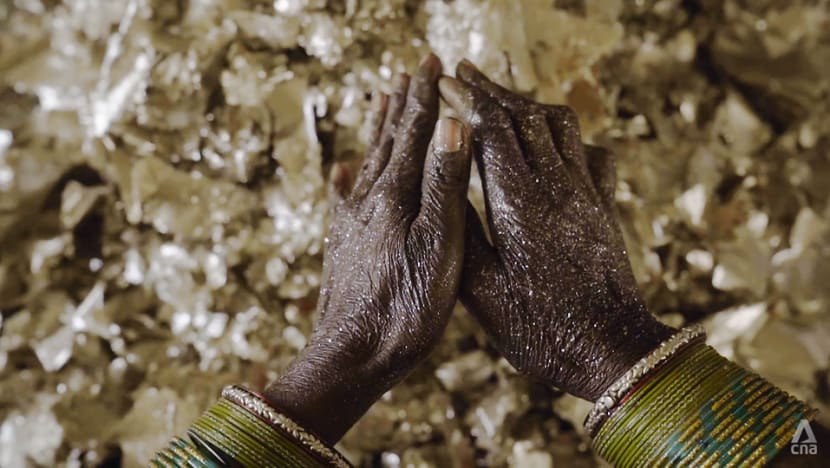
Sorting through rubble to mine for mica.
JHARKHAND, INDIA: It sounds like an innocuous ingredient, a word among many hidden on the back of the packaging of your eye shadow palette.
Mica: A mineral that can be ground down to make sparkly powders, and found in everything from eye shadow to lip gloss to foundation. Cosmetic companies value mica for its properties: Refractive, superfine and naturally occurring in different colours.
It can be found all over the world, including India, which is known for having some of the world’s largest and finest deposits. But in India, there is a heavy price to pay for it, the programme Undercover Asia investigates.
Thousands of miners working illegally in the country’s mica mines shoulder this burden, far away from the bright lights of cosmetic counters.

‘WE DON’T HAVE ANYTHING’
Jharkhand, a north-eastern India state rich in mineral resources, is the country’s leading producer of coal, copper and mica. But close to half its people live in poverty.
One of them is 40-year-old widow Basanti Mosamat, who picks and sells scrap mica for a living. It is her family’s only source of income.
Once a week, Mosamat, her father-in-law and her five children make a 10-kilometre trek into the forest bordering her village to set up camp, where they would spend the next few days sifting for the mineral.
“We have difficulty finding food and trying to survive,” she said. Picking mica from dawn till dusk without any protective equipment has left her hands scraped and bruised.
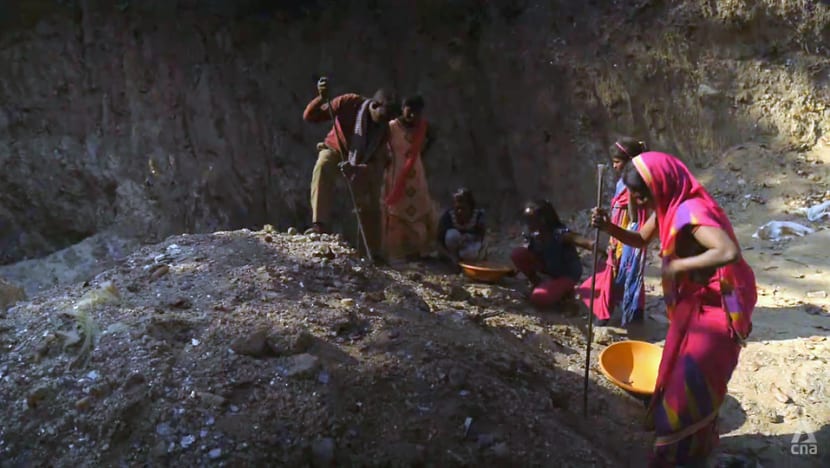
Her oldest daughter, Karishma Kumari Birhor, has been picking mica since she was five — out of necessity. The more hands at work, the more likely it is the family will have food on the table.
“One person picking mica isn’t enough,” said the 14-year-old. “My father passed away, so I have to help my mother.”
Each kilogramme of mica scrap sells for seven rupees (S$0.13). On a good day, her family hope to earn around 150 rupees.
They are also less fortunate than most. They are part of India’s 100 million indigenous people known as Adivasis, who live on the fringes of society with limited governmental support in terms of health, education, job security and food.
“We don’t have anything here. We eat only every other day,” said Karishma. “Dreams don’t come true.”
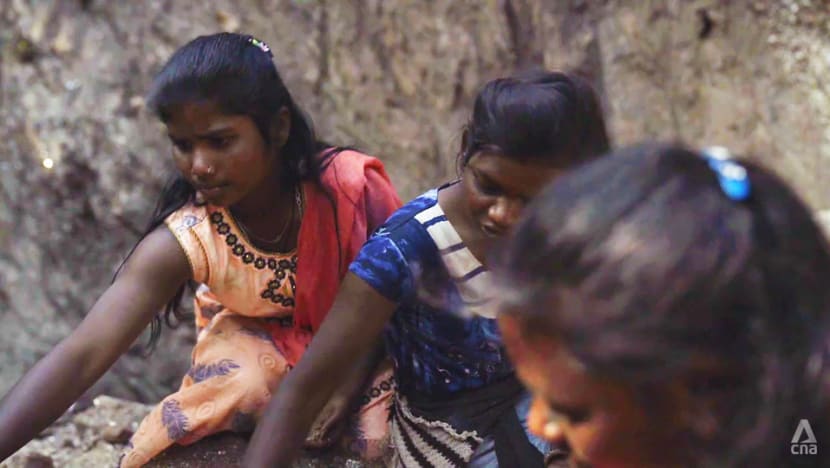
DANGEROUS AND UNPREDICTABLE
Poverty has driven some miners to turn to abandoned caves and mine shafts, where mica is more plentiful. But there is no lighting or safety gear, and they often rely on their knowledge of the terrain to guide them.
Mukesh Bhulla, who has been going into abandoned mines since he was a boy, is still afraid. “People could slip and fall somewhere, or stones could fall on their head … It’s very tough,” he said.
“We have to be aware of our surroundings. Sometimes mines collapse. If one person makes a mistake, many could die.”
In January, there were at least three reports of mine collapses in Jharkhand’s Koderma district. It is estimated that 10 to 20 people die in such mishaps each month in the country’s north-eastern mica belt.
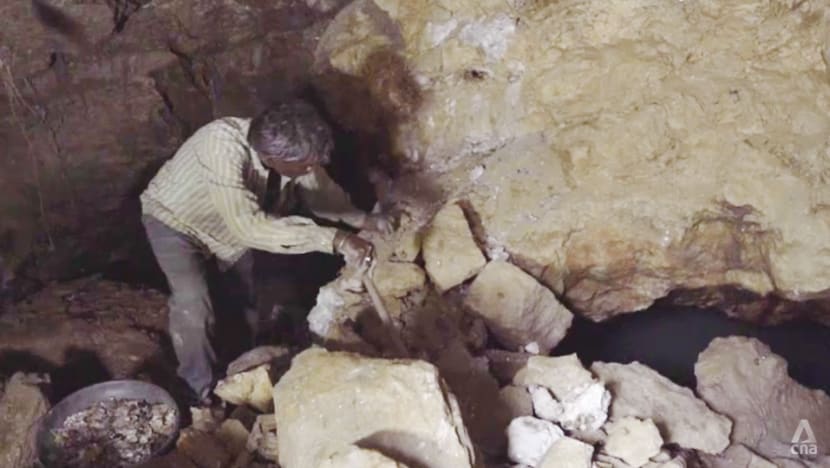
But for every accident reported, many more are covered up for one big reason: It is illegal to mine mica from land under the Forest (Conservation) Act, which came into effect in 1980 with the intention of protecting India’s forests.
The miners, however, have no choice but to continue. “If we don’t work here, then we’d all die,” said Dimpi Devi, a mother of three who mines mica from the forest and from deposits in her garden.
There are no other options for work. What would we do?
She struggles to make ends meet. Her family’s weekly expenses can go up to 2,500 rupees, but they barely earn 1,000 rupees.
This makes miners like her vulnerable to exploitation, especially when faced with additional family or health expenses. Without access to formal banking systems, they turn to unlicensed moneylenders, whose interest rates are as high as 200 per cent a year.
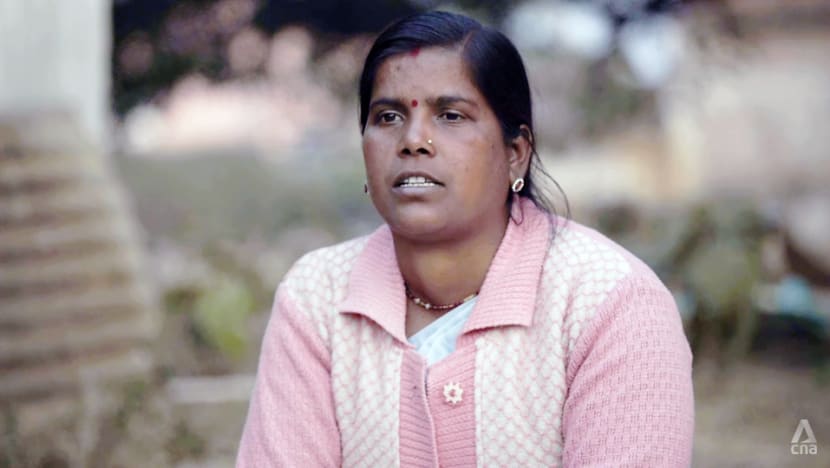
“Some miners told us they’re only allowed to sell mica to specific traders, those they’d borrowed money from and at a price decided by that trader,” said investigative journalist Peter Bengtsen, who has tracked the mica trade in Jharkhand for more than a decade.
“That agreement would basically last until they’d repaid that debt to this trader.”
Raids by forest authorities are also common, and miners sometimes must pay bribes in order to continue working. “The police don’t visit often, but the forest rangers are always after us,” said Mosamat.
Jharkhand’s mining areas are also run by different syndicates.
“There’s a whole network of people who make this mining happen, and they’re very powerful,” said Deepak Bara, a freelance journalist based in Jharkhand. “It can be very dangerous — it can be life-threatening — because there are so many stakeholders.”
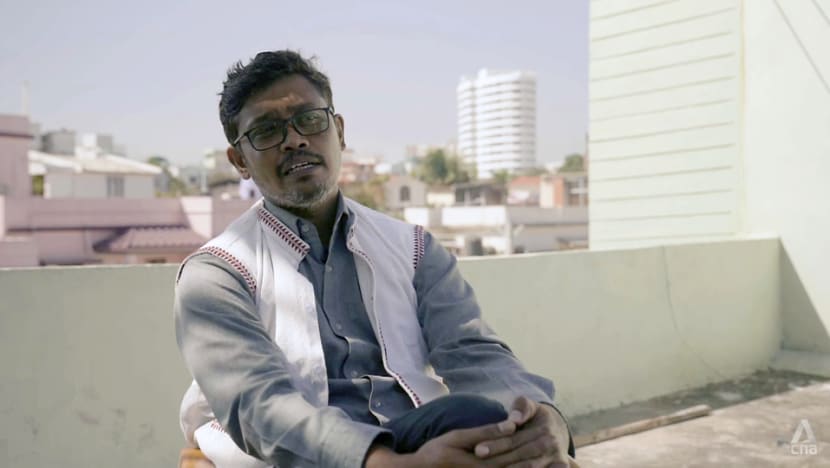
It is estimated that 70 per cent of India’s mica output is illegally mined.
‘A SYSTEMIC PROBLEM’
Mica’s controversial reputation started to emerge in the mid-2000s, following investigations into the use of child labour in the industry.
According to the International Labour Organisation, India has more than 10 million working children. And with international organisations shining the spotlight on the issue, the plight of children in the mica industry attracted the international media’s attention.
“The stories came out — children going to mica mines, helping out their parents. So many documentaries were made (on) the issue of child labour,” said Bara.
But local journalists and politicians argue that these reports fail to address one critical detail: The marginalisation of the Adivasis. Children growing up around mica mines “have only one option”, noted Bara: To pick mica.
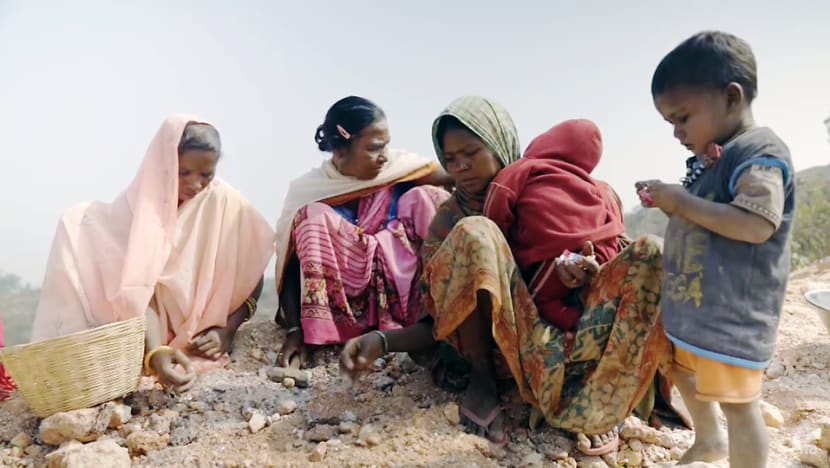
“They have to earn their family some income,” he said. “There’s no childcare support from the government. If there’s any, it’s not functioning.”
The problem around mica is a systemic problem. It’s not like you do a small campaign and things would get sorted out. The ground reality is very different.
In response to the growing public concern, several global coalitions were formed. One of them, the Responsible Mica Initiative, intends to eradicate child mining in Jharkhand by next year through better regulation and practices. Its members include Chanel, L’Oréal and Sephora.
Several brands have also pledged stricter compliance in their supply chains. But some also acknowledged the difficulty in tracing their mica and checking whether it is free of child labour.
In 2019, India exported more than US$37 million (S$49 million) worth of mica powder, according to World Bank data. Given the vast quantities bought and traded, it can be impossible to track where a brand’s mica comes from exactly.

Nonetheless, traceability has become a key issue for some manufacturers.
In January, European Union regulation of gold, tungsten and tin as conflict minerals took effect, so companies are now obliged to source these minerals responsibly. But similar legislation for mica has yet to be addressed.
“Mica is quite a cheap raw material to produce,” said Yue Jin Tay, the business development director of Circulor, a responsible sourcing company that uses blockchain to verify the origin of goods and minerals in supply chains.
“The cost of making sure that it’s been responsibly sourced as a proportion of the cost of the product sometimes does not make economic sense compared to other raw materials like gold or cobalt.”
WATCH: The dark secret behind your shiny make-up (47:55)
Technology can be part of the solution, he added. But more work is needed to make ethical trading a common practice.
“To ensure that responsible sourcing practices are happening, they might have to be legislated for, and organisations will need to build the cost of compliance into their value chains,” he said.
“And we consumers need to accept that there’s an increased cost to us.”
WHAT ELSE CAN BE DONE?
Back in Jharkhand, demand for mica has not let up, and the state government is pushing for mining to be one of its economic growth initiatives.
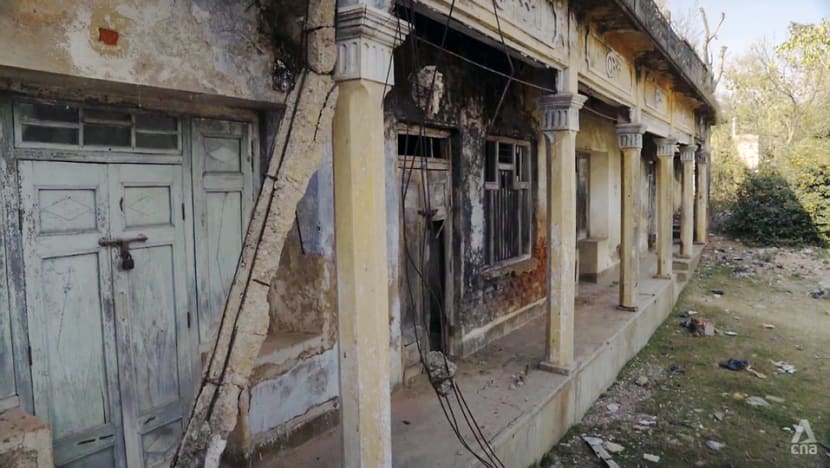
With the problems faced by mica pickers becoming too grave to ignore, more and more community rallies are being organised to give them a voice. At some rallies, calls to legalise mining are growing louder.
Sudivya Kumar, a legislative assemblyman from Jharkhand, is using this momentum to continue lobbying for the legalisation of mica mining.
“Jharkhand has always been covered with forests, and its protection and welfare have been in our DNA forever,” he said. “We must find a way to save both the community and the forests.”
Mica was once classified as forest produce, but the Forest (Conservation) Act made mica picking a non-forest activity. India’s indigenous people are hoping its status will be restored.
“If picking mica is our only option, then the government should legalise mining here so that we can work without any fear or pressure,” said Devi.
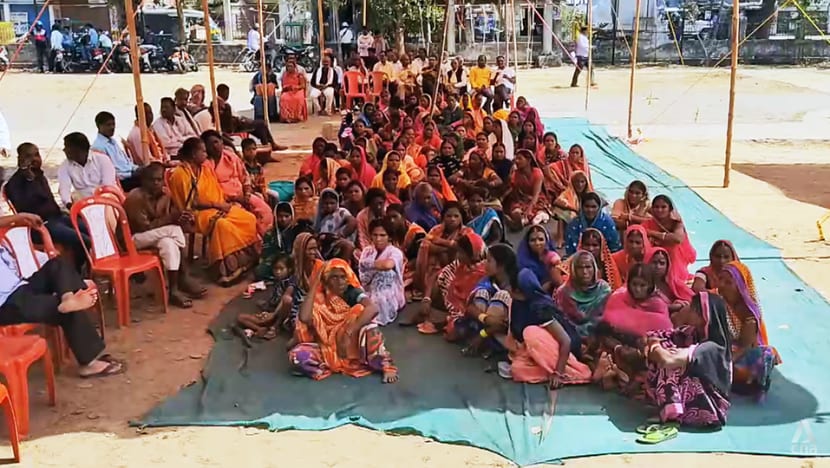
Former mine owner Deepak Kumar Singh agreed, saying: “Mica scraps are basically residue from previous mining activities. It doesn’t harm the forest, but it’s still not legal.”
But without any real action being taken, mica pickers like Devi and Mosamat continue to work amid uncertainty for now.
Watch this episode of Undercover Asia here.















